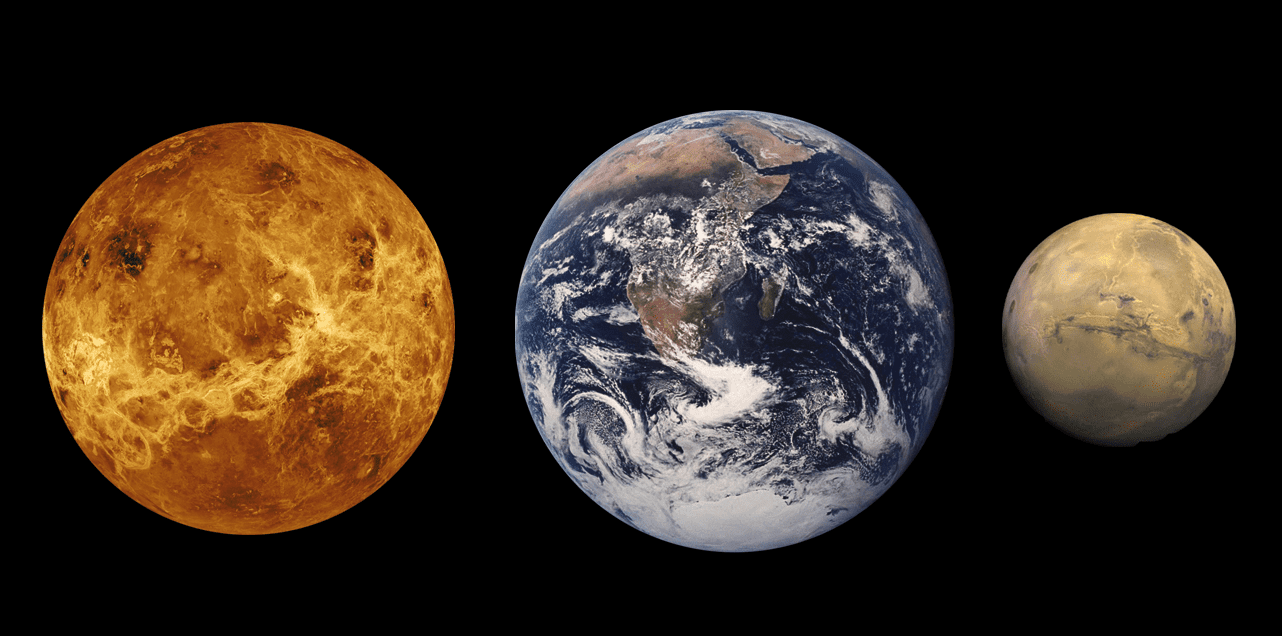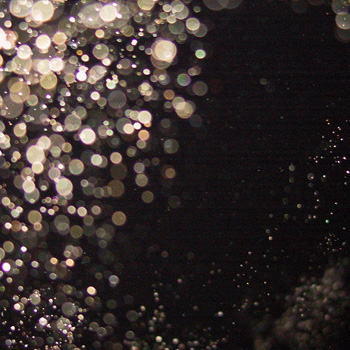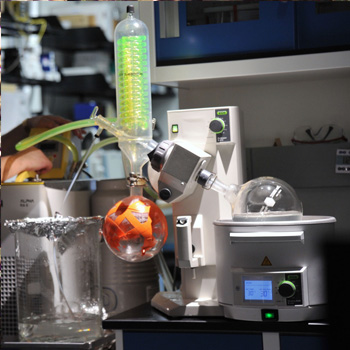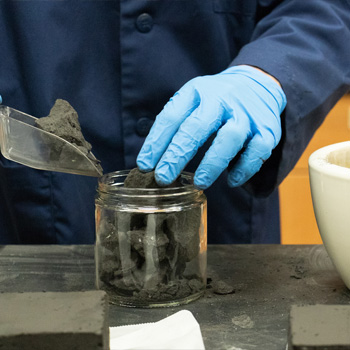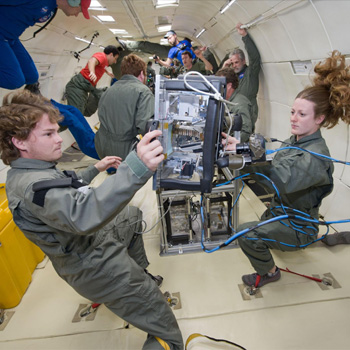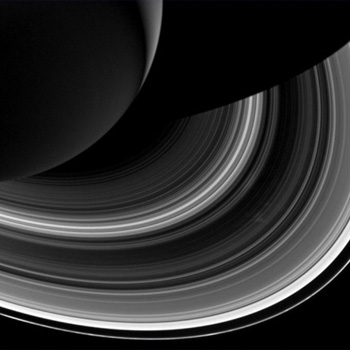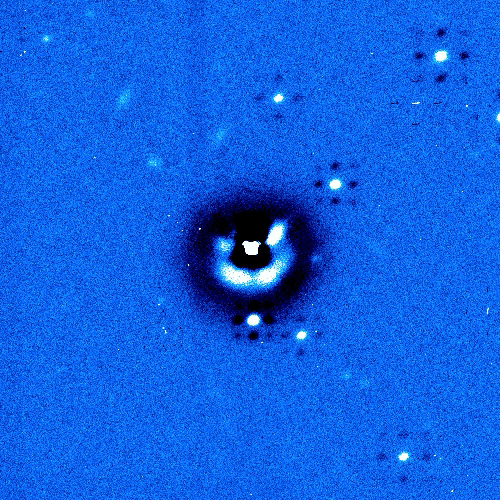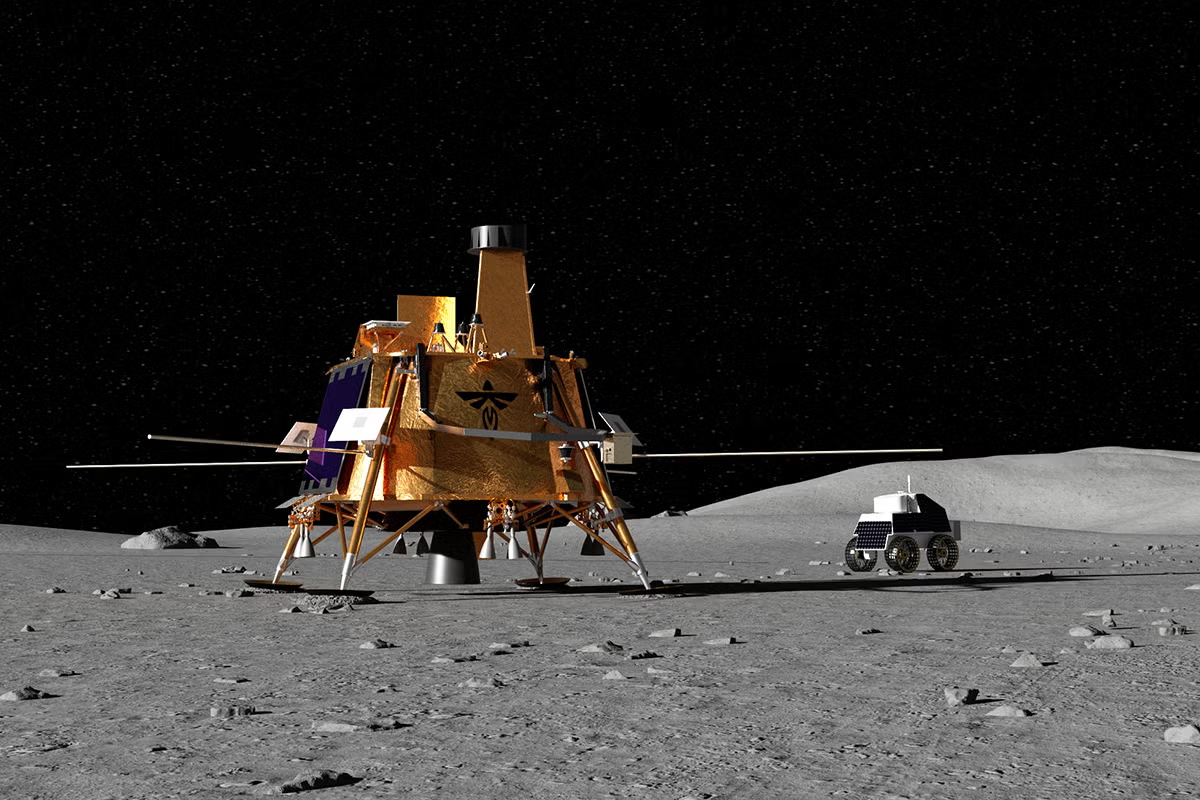Planetary Sciences Group
University of Central Florida
The UCF Planetary Sciences Group uses spacecraft data, images from the world’s largest telescopes, meteorites and moon rocks, experimental techniques, and supercomputers to investigate our own Solar System as well as others around the Galaxy.
Our Research
Academic Programs
Our Latest Papers
| Authors | Title | Published Date | Journal |
|---|---|---|---|
| Souza-Feliciano, A. C.; Rommel, F. L.; Morgado, B. E.; and 1 coauthor | Rotational Light Curve, phase, and visible colors of (52246) Donaldjohanson throughout Lucy Mission Flyby | Jan 2026 | Icarus 443, 116771 |
| Collyer, Cameron; Fernández-Valenzuela, Estela; Ortiz, Jose Luis; and 8 coauthors | Synchronous Rotation in the (120347) Salacia─Actaea System | Nov 2025 | The Planetary Science Journal 6, 270 |
| Shackelford, A. N.; Donaldson Hanna, K. L.; Gillis-Davis, J. J. | Space Weathering on Carbon-rich Surfaces: Spectral Characterization of Fe-poor Mercury and Carbonaceous Asteroid Analogs | Nov 2025 | The Planetary Science Journal 6, 254 |
| Minocha, Angelina; Ogliore, Ryan C.; Carpenter, Paul K.; and 2 coauthors | Analyses of Apollo 17 Samples Using the Quantitative Microanalysis Explorer: A Web-Based Visualization Platform to Study Optical, Electron, and X-Ray Imaging Data | Nov 2025 | Journal of Geophysical Research (Planets) 130, e2024JE008614 |
| Proudfoot, Benjamin; Nolthenius, Richard; Holler, Bryan J.; and 5 coauthors | Orbital Characterization of a Newly Discovered Small Satellite around Quaoar | Nov 2025 | The Astrophysical Journal 993, L38 |
| Cryan, S.; Brunetto, R.; Guilbert-Lepoutre, A.; and 17 coauthors | Nitrogen-bearing Species on Trans-Neptunian Objects Revealed by JWST/DiSCo-TNOs | Nov 2025 | The Astrophysical Journal 993, 188 |
| Roshi, D. Anish; Poojapriyatharsheni, J.; Sato, Mayumi; and 4 coauthors | Detection of Helium Recombination Lines in the Cygnus X Diffuse Ionized Gas: Implications for Galactic Interstellar Medium Studies | Nov 2025 | The Astronomical Journal 170, 276 |
| Le Pivert-Jolivet, Tania; de León, Julia; Licandro, Javier; and 8 coauthors | Compositional characterisation of asteroid (84) Klio with JWST | Nov 2025 | Astronomy and Astrophysics 703, A211 |
| Ortiz, J. L.; Morales, N.; Sicardy, B.; and 98 coauthors | A high geometric albedo and small size for the Haumea cluster member (24835) 1995 SM55 determined from a stellar occultation and photometric observations | Nov 2025 | Astronomy and Astrophysics 703, A147 |
| Bowles, Neil E.; Ehlmann, Bethany L.; Evans, Rory; and 24 coauthors | The Lunar Trailblazer Lunar Thermal Mapper Instrument | Oct 2025 | ESS Open Archive eprints 655, essoar.176030876 |
Query returned 1064 total number of records, 10 are shown.

